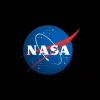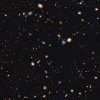Astronomers just got a deep peek at a black hole0
- From Around the Web, Space
- January 22, 2020
Using a technique akin to echolocation, scientists were able to map the region around a distant black hole’s event horizon in unprecedented detail.
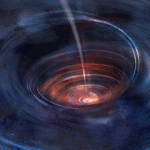
Using a technique akin to echolocation, scientists were able to map the region around a distant black hole’s event horizon in unprecedented detail.

NASA’s plan is to return astronauts to the Moon by 2024, but the European Space Agency is working on a plan to help humans breathe on the celestial satellite — by turning moondust into oxygen.

The space rock probably reached its orbit after a series of close encounters with rocky planets

Expect the unexpected.

Elon Musk’s SpaceX has destroyed one of its own rockets a day after bad weather forced the company to delay its final milestone test before flying Nasa astronauts from US soil.

Found in different galaxy than 1st signal, astronomers 1 step closer to finding out where these bursts thrive
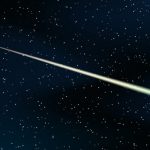
The team of astronomers traced the journey of phosphorus, a key element in DNA, from star-forming regions to comets.

Fungus could be very much among us when humanity sets up shop on the moon and beyond.
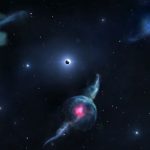
There’s something really weird in the centre of the Milky Way.
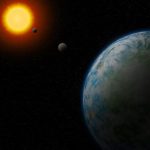
Astronomers have detected five new planets, eight planet candidates, and confirmed three previously reported planets, around nine nearby M-dwarf (red dwarf) stars. Among the new planets, Gliese 180d and Gliese 229Ac are super-Earths located in the conservative habitable zones of their host stars; Gliese 433c is a cold super-Neptune candidate belonging to an unexplored population of Neptune-like planets.

